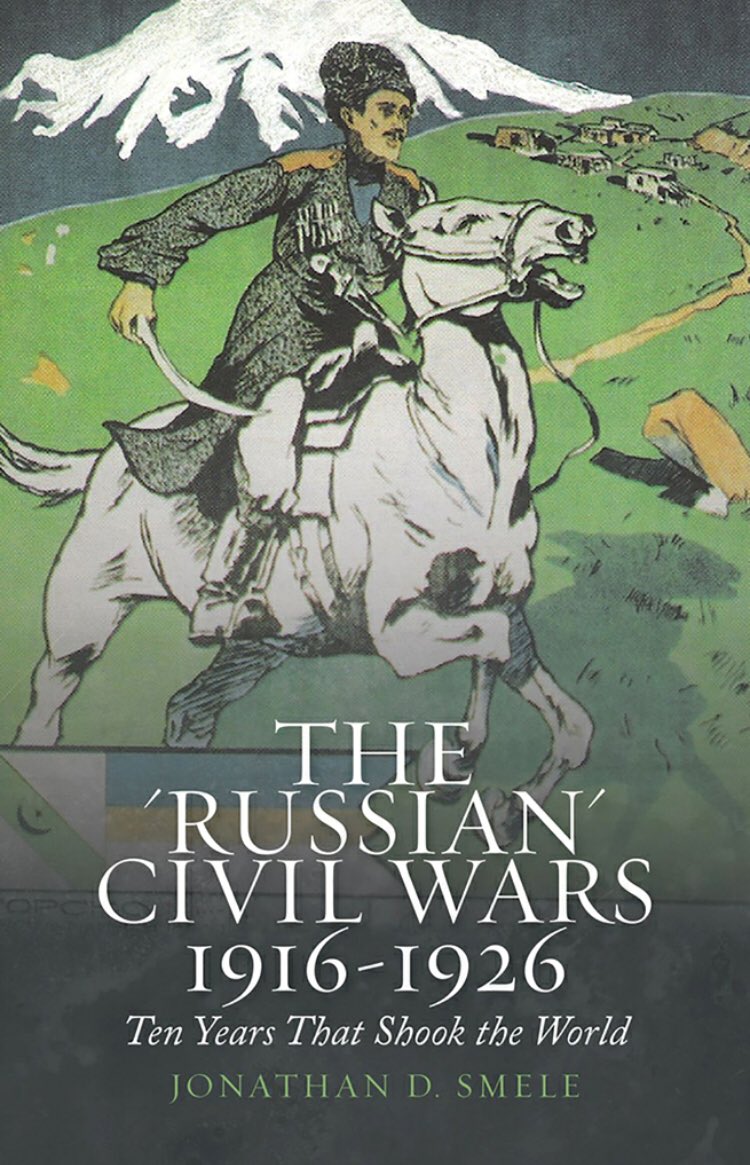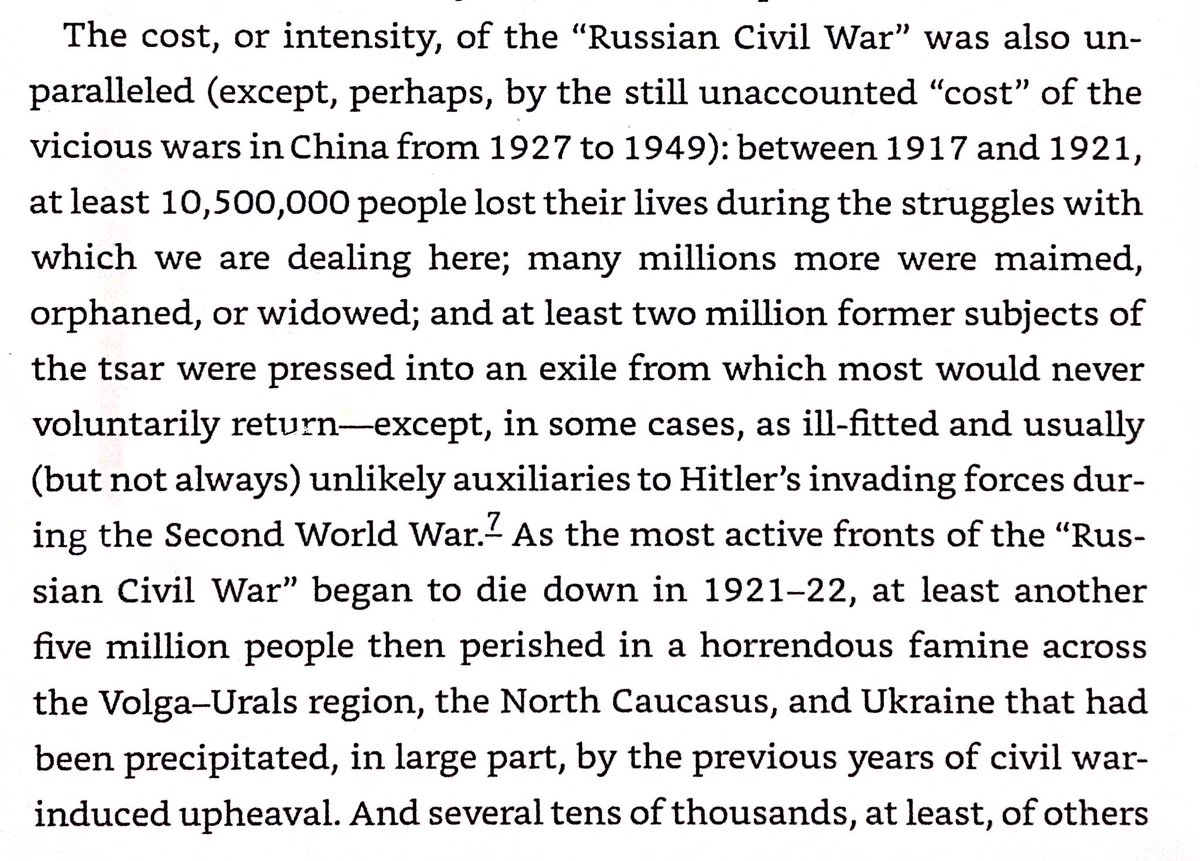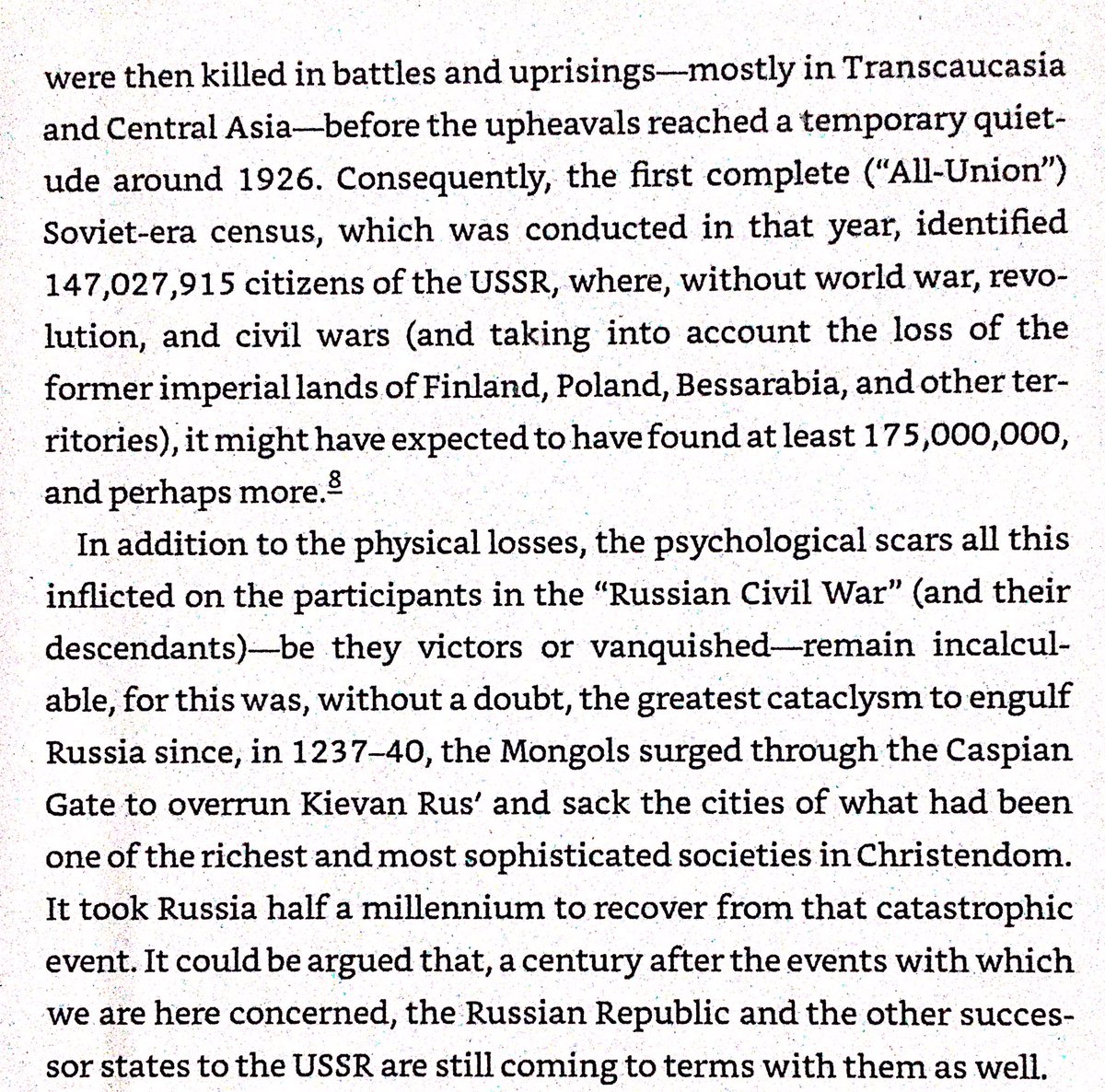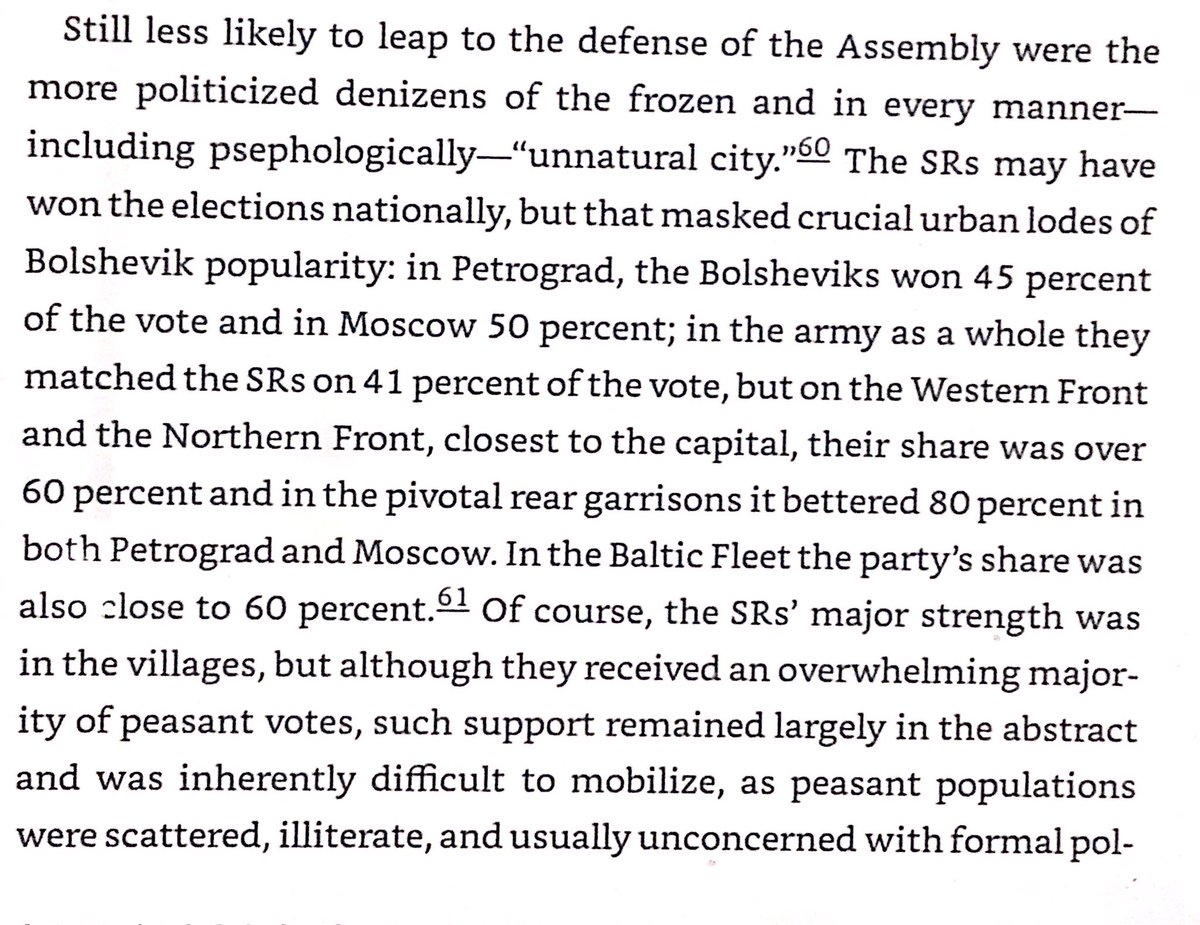
Thread with excerpts from “The Archaeology of the Caucasus: From Earliest Settlements to the Iron Age” by Antonio Sagona 

Mountain passes in the Caucasus were glaciated in the last ice age - preventing anyone from crossing. 

Swidden (slash & burn) agriculture was common in Georgia & Armenia 4000-3000 BC, reducing tree cover & leaving much charcoal. In 3000 BC the fires abruptly ceased, the forests regrew, & plants associated with the steppe & pastoralism spread in the region. 

Neolithic arrived in Caucasus 3500 years after Anatolia. They were mostly derived from N Mesopotamia & Zagros. Three distinct cultural divisions - Armenia, Ossetia & N Caucasus, & W Georgia. 

Armenia had mesolithic hunter-gatherers from 10000s to 4000s BC who coexisted with later neolithic farmers & had apparent contacts in Mesopotamia. W Georgia had same pattern - hunter-gatherers living in region long after introduction of farming into the 4000s BC. 







S Azerbaijan had neolithic settlements originally like those of E Georgia & Armenia with circular buildings, but by 5600-5400 BC they were replaced by neolithic settlements with rectangular buildings with close links to N Iran & S Caspian. 



Concentric ditches around neolithic settlements, in both Caucasus & elsewhere. Possibly animal enclosures, possibly fortifications, possibly a market. Given these sites are on hills & have half-meter thick walls, I guess fortifications. 





Caucasus copper working spread from southeast to northwest in late sixth & early fifth millennia. Luxury trade across or around Caspian to C Asia began in this period, as evidenced by turquoise & carnelian finds. 

Winemaking was invented in S Caucasus in 6th millennium BC, & spread from there. Wild wine grapes still grow in S Caucasian forests. 



Copper Age Caucasus - Maykop in N Caucasus 3800-3000 BC succeeded by Novosvobodnaya 3300-2800 BC, Chaff Faced Ware (aka Amuq F) in N Syria-Mesopotamia to Armenia 4000-3500 BC, & Sioni Horizon in E Anatolia/Armenia 5000-3500 BC. 





N Caucasus had Copper Age sites that still relied heavily on stone & bone tools 4500-3600 BC, some overlapping in time with Maykop sites. Some of these sites were forts with 4 m thick stone walks. One site had a sterile (artifact-less) layer followed by a Maykop layer. 





The pre-Maykop peoples of N Caucasus traded with the Cucuteni-Trypillians to the west, buying copper luxuries from them. This might have stopped in 4300 BC, causing the pre-Maykop N Caucasians to make their own copper. 



Maykop was in the N Caucasus & Kuban regions. Chechnya & Ingushetia were borderlands with S Caucasus Kura-Araxes Culture & Terek River was the border with Pit Grave (Yamnaya in 🇷🇺) people - the Indo-Europeans. The borderlands with both Kura-Araxes & Yamnaya show mixed cultures. 





Trade connected N Caucasus to C Asia either directly or indirectly, as evidenced by lapis lazuli, carnelian, & turquoise finds in Maykop sites. 

Shared religious customs between Maykop & Mesopotamia identified in seals & buying objects beneath floors. Novosvobodnaya built megaliths like Globular Amphora & Funnelbeakers did in C & N Europe. Also signs of technology sharing between Novosvobodnaya & Funnelbeakers. 



Maykop culture began before the Late Uruk Expansion, so any art affinities between Maykop & Mesopotamia would been results of cultural spread from N Caucasus to Mesopotamia. 

Maykop & Kura-Araxes copper were chemically similar, possibly mined from same deposits or prepared similarly. Copper may have been from local Caucasus deposits. 



Copper Age Chaff Faced Ware Culture of S Caucasus existed ~4500-3500 BC in highlands between Kura & Euphrates rivers. It was a fragmented culture with no centralisation. Most parts were influenced by Mesopotamia’s Ubaid culture. 







Chaff Faced Ware site of Berikldeebi in C Georgia was burned between 4000-3600 BC & replaced by a walled Mesopotamian settlement with a temple. 



Sioni Tradition was a Copper Age set of groups from 4600-3200 BC in south central Caucasus. They lived off of a mix of hunting, farming, & herding. They built stone towers with 1 m thick walls. 







Author’s discussion of the similarities of the Copper Age Caucasians with contemporary Mesopotamians as either a pre-Uruk expansion or a legacy of a trade network driven by metal trade. 



Kura-Araxes Culture was a multiethnic collection of peoples in E 🇹🇷, 🇱🇧, 🇮🇱, 🇦🇲, W 🇮🇷, Dagestan, & E 🇬🇪 from mid-3000s to mid-2000s BC. They were characterised by homes with hearths & benches, distinctive pottery, ceramic animals, & certain metal items. 





Kura-Araxes rapidly spread from their Caucasus homeland to W Iran & E Turkey. They mostly settled in river valleys & foothills with 400-600mm of rainfall/yr for agriculture, though some were semi-nomadic herders. 



Western Georgia never fell to the Kura-Araxes - it maintained its own distinctive proto-Colchian culture. Climate there was subtropical unlike the Kura-Araxes lands, & the soil was fertile enough to keep the proto-Colchians numerous. 

Huge Kura-Araxes fortresses with 2.5-4m thick walls made from basalt or mud-brick & enclosing up to 150,000 m^2. 



• • •
Missing some Tweet in this thread? You can try to
force a refresh











































